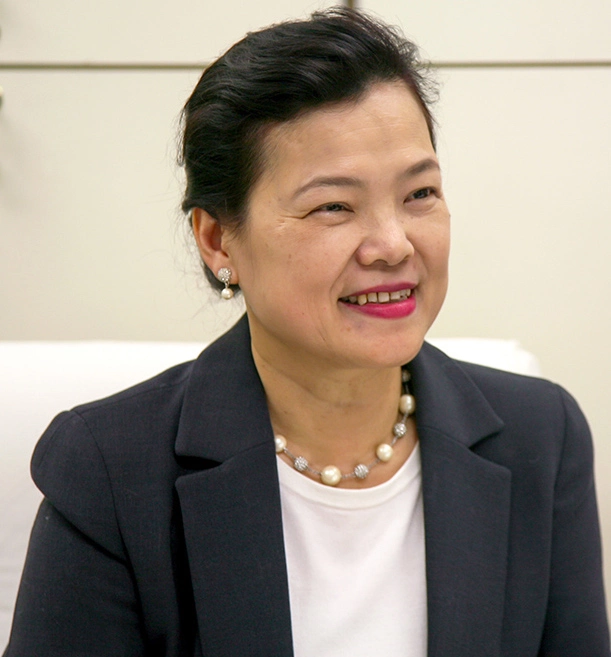Taiwan has fashioned a defensive masterstroke on the front lines of the superpower fight between the US and China. Both sides have learned to rely on it.
Taiwan’s Semiconductor Producer:
The massive Taiwan Semiconductor Manufacturing Company Ltd (TSMC) has monopolised the production of the most advanced semiconductors, capturing a technology critical to today’s and tomorrow’s cutting-edge digital products and weaponry. According to industry estimates, TSMC produces more than 90% of the world’s silicon chips.
Both superpowers have become more reliant on the small island at the centre of their bitter relationship.
Allowing an increasingly powerful China to overrun TSMC’s foundries in a fight would jeopardise US military and technological primacy, according to Washington. However, there is no certainty that Beijing will be able to take the valuable foundries intact if it invades.
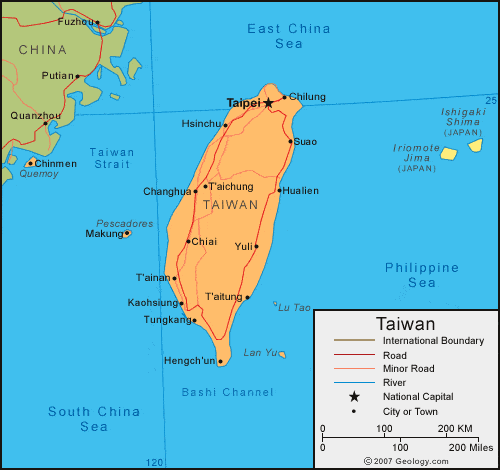
They may easily become a casualty of the battle, disrupting China’s enormous electronics industry’s supply of chips. Even if the foundries were to survive a Chinese takeover, they would very probably be cut off from a critical global supply chain.
Both the United States and China desire to be free of their reliance. Washington has persuaded TSMC to create a foundry in the United States that would produce advanced semiconductors, and it is planning to spend billions of dollars to restore its domestic chip-making industry.
Beijing, too, is spending heavily, but its chip sector is behind Taiwan’s in several important areas by a decade or more. According to analysts, the disparity is anticipated to expand in the next years.
These foundries are so important to the world economy that some people here refer to Taiwan’s chip industry as a “silicon shield” that protects the country from a Chinese invasion while also ensuring American backing.
In a September interview with Reuters, Taiwan Economy Minister Wang Mei-Hua stated that the industry is inextricably linked to the island’s future.
She explained, “This isn’t just about our economic security.” “It also looks to have something to do with our national security.”
The government dismissed the silicon-shield notion in a later statement. “Rather than referring to Taiwan’s ‘Silicon Shield,'” the statement stated, “it is more acceptable to refer to Taiwan’s vital position in the global supply chain.”
The threat to Taiwan is that TSMC’s fabs, or chip production operations, are smack in the crossfire.
The foundries are situated in a narrow plain on Taiwan’s west coast, facing China, some 130 kilometres away at its closest point. Most are near the so-called red beaches, which military strategists believe would be ideal landing spots for a Chinese invasion. TSMC’s headquarters and an adjacent cluster of fabs are just 12 kilometres from the coast in Hsinchu, northwest Taiwan.
The industry’s vulnerability was highlighted in July of last year, when Taiwan prepared tens of thousands of troops to repel a simulated Chinese invasion on Taichung, the west coast industrial hub that is home to TSMC’s Gigafab 15, one of the cutting-edge chip foundries.
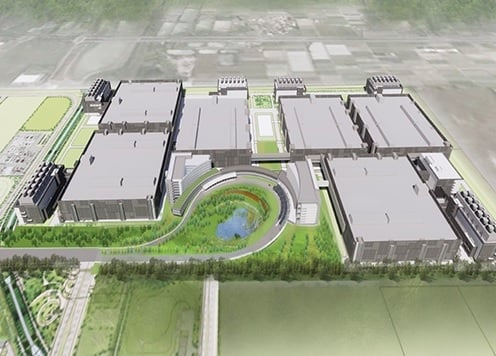
The foundries are located on a narrow plain on Taiwan’s west coast, facing China, at a distance of 130 kilometres. The majority are in close proximity to the so-called red beaches, which military strategists believe would be great landing locations for a Chinese assault. In Hsinchu, northwest Taiwan, TSMC’s headquarters and neighbouring cluster of fabs are just 12 kilometres from the coast.
The vulnerability of the sector was underlined in July of last year, when Taiwan readied tens of thousands of troops to repel a simulated Chinese attack on Taichung, the west coast industrial hub that houses TSMC’s Gigafab 15, one of the cutting-edge chip foundries.
The foundries are situated 130 kilometres west of Taipei, on a narrow plain overlooking China. The majority of them are near the so-called red beaches, which military strategists believe would be ideal landing spots for a Chinese attack. The headquarters of TSMC and a nearby cluster of fabs are only 12 kilometres from the coast in Hsinchu, northwest Taiwan.
In July of last year, Taiwan prepared tens of thousands of troops to repel a simulated Chinese invasion on Taichung, the west coast industrial hub that contains TSMC’s Gigafab 15, one of the cutting-edge chip foundries.
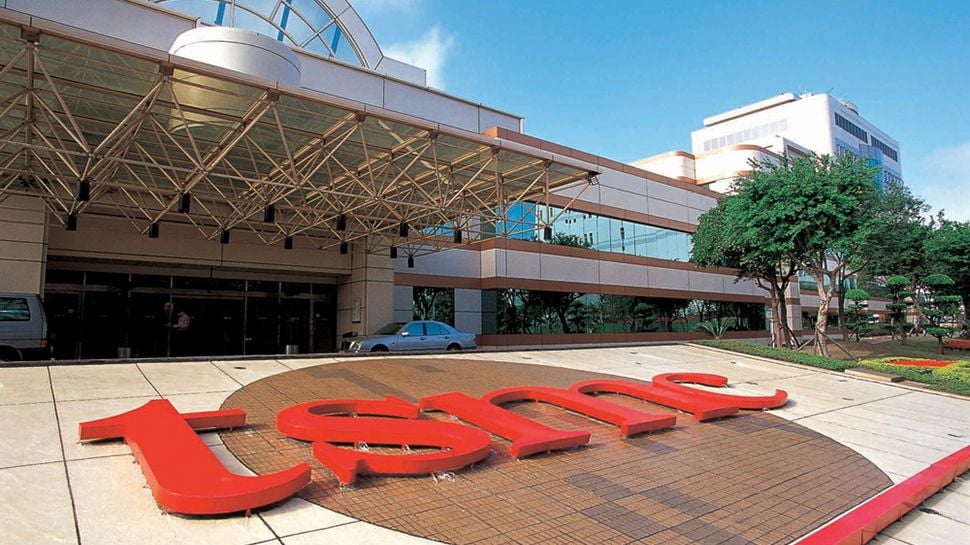
“Enemy” paratroopers descended on Ching Chuan Kang airbase and captured the control tower during the counter-invasion practice, which took place barely nine minutes from Gigafab 15. A simulated invasion armada raced towards the city’s beaches just off the shore.
As a Taiwanese, fighting engulfed Taichung. Commanders ordered airstrikes, missiles, and artillery to pound the “invasion fleet” with live ammo as troops and tanks counterattacked to reclaim control of the airbase. The assault was met with a resounding defeat.
Reports in China’s state-run media mocked the practice scenario, saying that waves of missile attacks would decimate the island’s forces before a Chinese landing.
The Taiwan Affairs Office and China’s defence ministry did not reply to requests for comment for this article.
When asked about the threat to the island’s fabrication plants, Taiwan’s economy ministry replied that “China has never given up trying to use force to dominate Taiwan in the past 50 years,” but that “its purpose is not the semiconductor sector.” Taiwan was also able to “front and manage this danger,” according to the report.
TSMC did not respond to specific queries concerning its foundries’ risk. It stressed in a statement that the chip industry is worldwide, relying on design, raw materials, equipment, and other services from a variety of areas and businesses. “As a result, worldwide collaboration, rather than a single firm or location, is critical for semiconductor sector success,” the company stated.

CHINA’S CONTROVERSY:
Taiwan guarded the royal jewel against the beginning. The island’s high-tech enterprises doing business in China were subjected to restrictions in the late 1990s by then-President Lee Teng hui to ensure that its best technology was not offshored. Although the constraints have been eased, TSMC and its competitors are still unable to construct their most modern foundries in China.
“Looking back now, the entire industry supply chain could have been shifted there,” said Chen, the former Taiwanese minister of science and technology.
China has established a goal of being self-sufficient in sophisticated chip manufacturing under Xi, nicknamed the “great semiconductor leap ahead” by some. The Taiwanese roadblocks aren’t Xi’s only stumbling block. A US-led effort to curb tech transfers to China, as well as the sheer complexity of producing sophisticated semiconductors, are also at play.
For decades, the United States and its allies have imposed chip technology restrictions on China, primarily to prevent Beijing from developing advanced weapons.

The US maintains a list of specific chip technology that requires a licence for export and limits tech exports to Semiconductor Manufacturing International Corporation, China’s largest chipmaker. Reuters reached out to SMIC for comment, but they did not answer.
SMIC’s regulations are designed to prevent the production of sophisticated chips with dimensions of 10 nanometers or less. China has primarily produced low-end consumer electronics chips to date.
The Wassenaar Arrangement, a voluntary treaty among 42 states to prevent the spread of “dual-use” technology having commercial and military applications, is a vital element in this containment strategy. Washington and its allies have standardised limits over semiconductor technology transfer to China under Wassenaar’s watch.
China, too, has a talent shortage. Engineers and technicians have been recruited from Taiwan, South Korea, and the United States. However, important advances have yet to be achieved as a result of these initiatives. TSMC, for example, has large teams of specialists for a wide range of procedures. According to industry officials, poaching particular professionals can only result in advancements in specific areas of the trade.
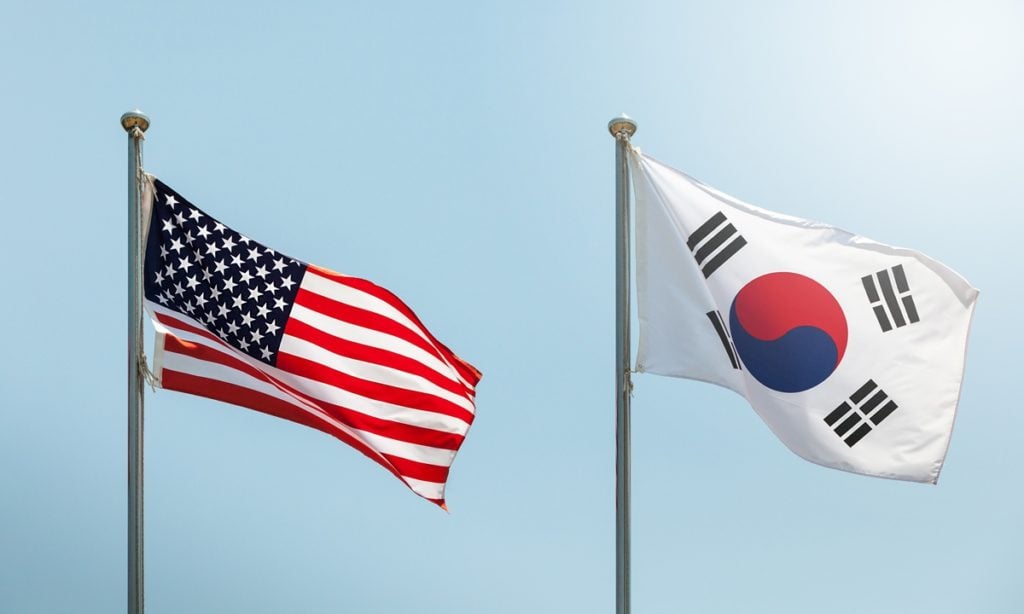
According to retired navy Captain Chang Ching, a research fellow at the Taipei-based Society for Strategic Studies, this exceptional personnel are Taiwan’s chip industry’s most valuable asset. “If it invades Taiwan, the Communist army will do everything it can to safeguard the IT workers,” he stated.
America is now attempting to reverse its decision to hand over chip production to Taiwan. The United States Al panel recommended that the government provide $35 billion in incentives to help the semiconductor manufacturing industry recover.
Taiwan, on the other hand, claims it has no plans to relinquish its position as the world’s most powerful nation.
TSMC has started trial production of its most sophisticated chip, which will be made using 3-nanometer technology. It’s also embarked on a two-nanometer chip R&D initiative.

According to Kung Ming-hsin, chief of the island’s economic planning agency, the National Development Council, local and foreign corporations aim to invest more than T$3 trillion ($108 billion) in Taiwan’s chip industry between now and 2025.
“Taiwan’s semiconductor sector will have very few competitors after this expenditure on plants and equipment,” Kung added.
Also Read:



